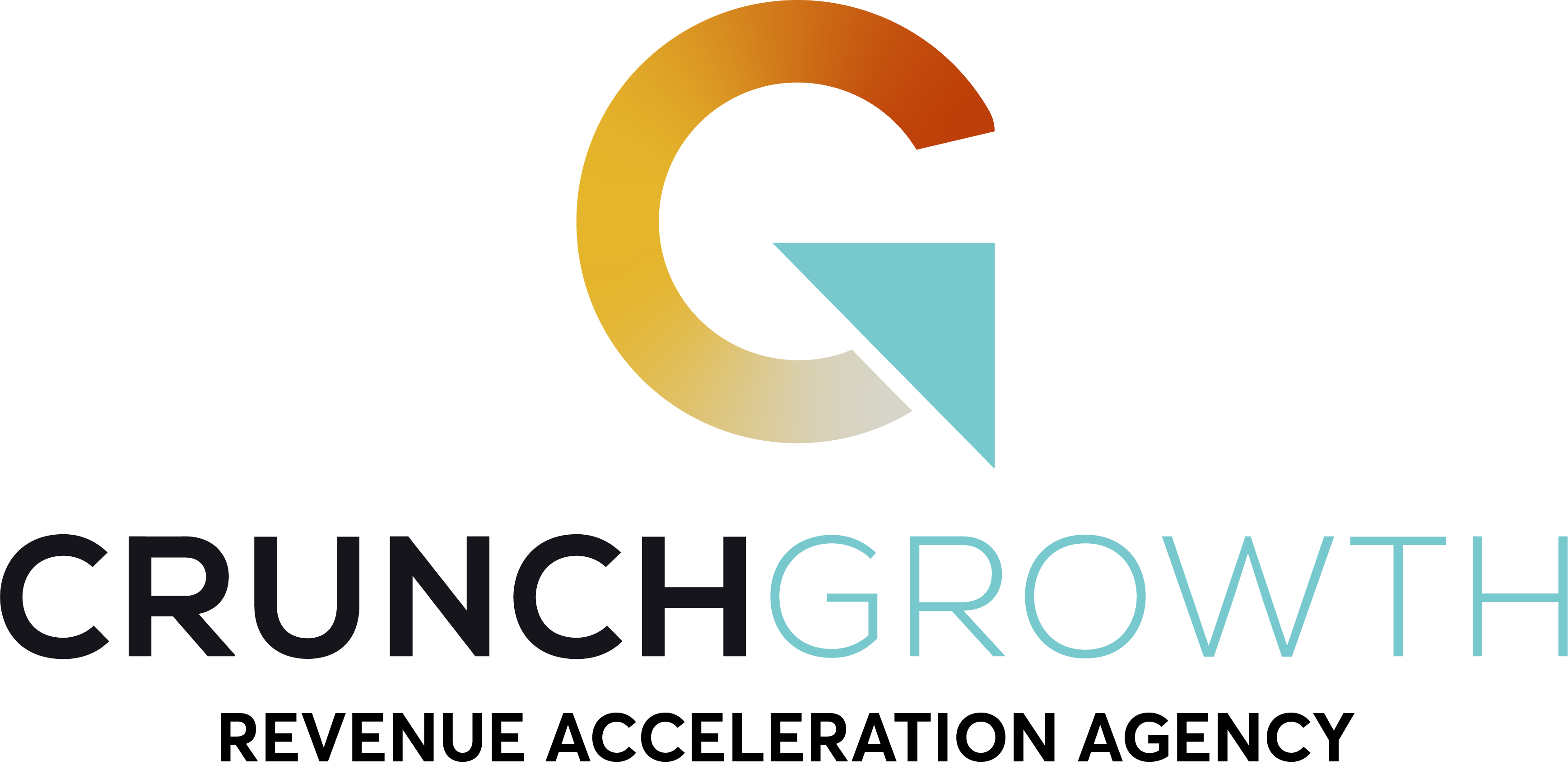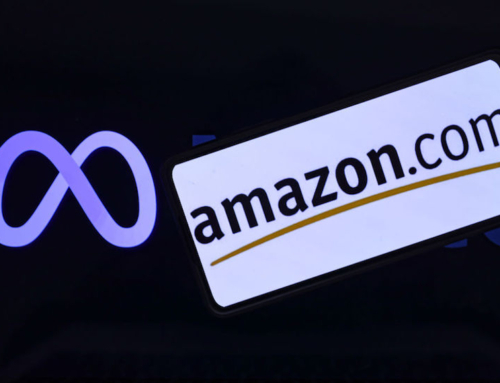What Is Google Express?
I keep seeing articles about Walmart partnering with Google Express and how that is going to compete with Amazon. Businesses and writers are consumed trying to find a way to unseat Amazon. What they continue to lose sight of is the customer loyalty Amazon has developed.
It made me realize that most e-commerce companies don’t know of or use Google Express. Google Express has been available since 2014, but there is still only a handful of merchants on the platform.
I’m not sure if consumers use it as I have not seen any statistics on it. But I can look at the downloads and site visits. But it doesn’t look like a powerhouse of e-commerce.
What is Google Express and Should I Use It?
Google Express is a platform, where merchants and sellers can upload the products and inventory they are interested in selling. The Google Merchant Center area provided by Google for e-commerce companies is where you link your products and inventory.
If you are already using the Google Shopping Platform to run Product Listing Ads (PLA), then you are already using the merchant center. This account area helps merchants upload their products and inventory listed in the search results.
For consumers, Google Express is supposed to be all about speed of delivery. You can shop from stores including Walmart, Costco and Whole Foods Market on the app, the Express website, or by Google voice. But Same Day Delivery is only available on a very limited number of products in very limited areas. So it isn’t really a point of differentiation.
Note: We will see if Whole Foods remains part of this program now that Amazon has purchased it.
How Does Google Express Work
The service is available in the lower 48 states only.
But some things are not as streamlined as they are on the Amazon Marketplace. For example, customers get free delivery when you order at least $25 or $35, but it depends on the store. So an e-commerce brand can set their minimums.
It seems that Google Express does not offer a subscription any longer. They were charging consumers $95 annually which they have discontinued. Therefore, Google Express’s revenue comes from the fees a merchant pays to Google are a percentage of their sales. This seems to vary depending upon the category, price, shipping and product size.
Some stores, like Costco, add a service fee. So it seems like the rules for vendors fluctuate. Whereas on the Amazon marketplace, the rules are clear.
There are delivery options as well. Stores can choose to deliver themselves, or Google Express will deliver. Delivery times can range from same-day to 3-day delivery. Some stores that decide to deliver themselves add an additional fee on top of what you are paying.
If you want to sell on the Google Express platform, you need to apply and be accepted. You fill out this form and submit it for approval. What is not clear is how the shipping works if you want Google Express to handle your shipping. Do you ship to a warehouse? Does the delivery firm pickup from your existing facility? Not as clear as Amazon FBA or FBM process.
You need to apply to find out the economics for your specific bsuiness.
How Do Customers Shop?
A customer can shop through the app, at google.com/express or with the Google Home.
I expect that Google would find a better way to promote this. The free app, for example, has not broken the top 100 in the shopping category on either the App Store or Google Play. And it only has a rating on the Google Play store at the time of this writing.
For e-commerce brands, the more places your brand can become visible, the better you are. Using the Google PLA to advertise your products and listing in the Google Express store can only help.
Customers choose a delivery day
Google Express arranges for a delivery company to bring customers orders to them. However, the e-commerce brand can arrange their own deliveries.
Free delivery means no shipping & service fees for most of the stores on Google Express. However, separate fees apply when ordering from Costco without a Costco membership.
Customers have a minimum purchase before they get free shipping from many stores. Again, this seems to be counter to the trend.
The amount of press being focused on Walmart and Google working together on Google Express appears to outweigh the benefits. Maybe this will be the driver to get more visibility to this platform. But there seem to be some inherent problems that need to be worked through in order to compete with Amazon.
You would need to decide if it is correct for your e-commerce store and brand. If the costs are low, I would get my products listed on the platform. I am a believer that you have to have your products listed in as many places as possible to be in front of consumers.












Leave A Comment